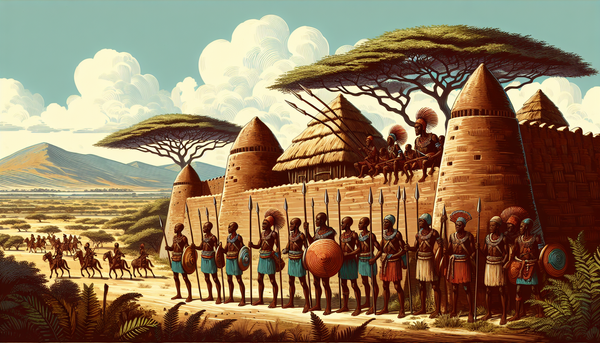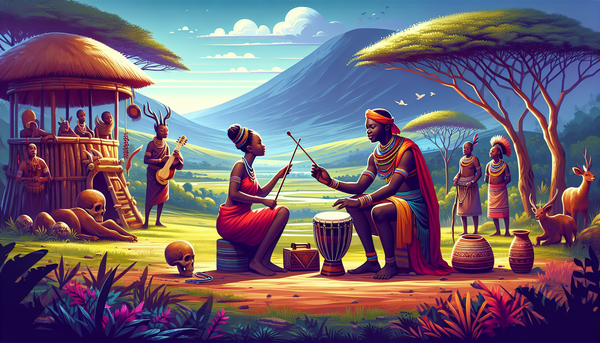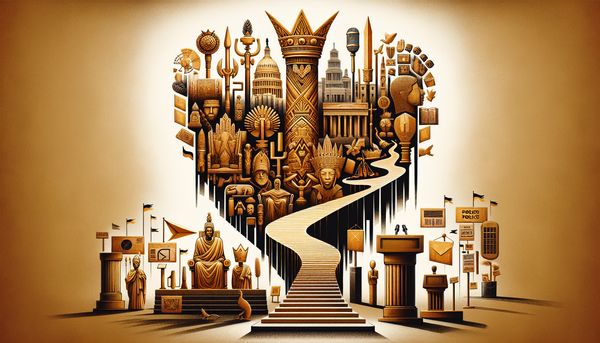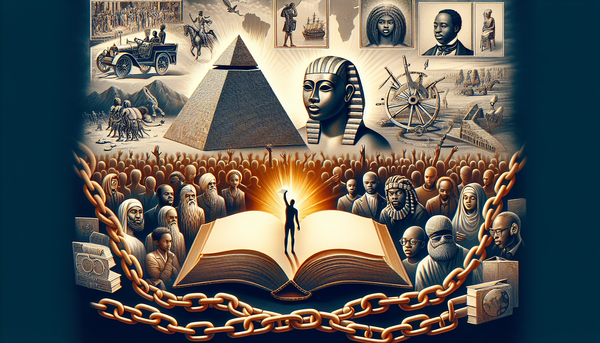Mami Wata
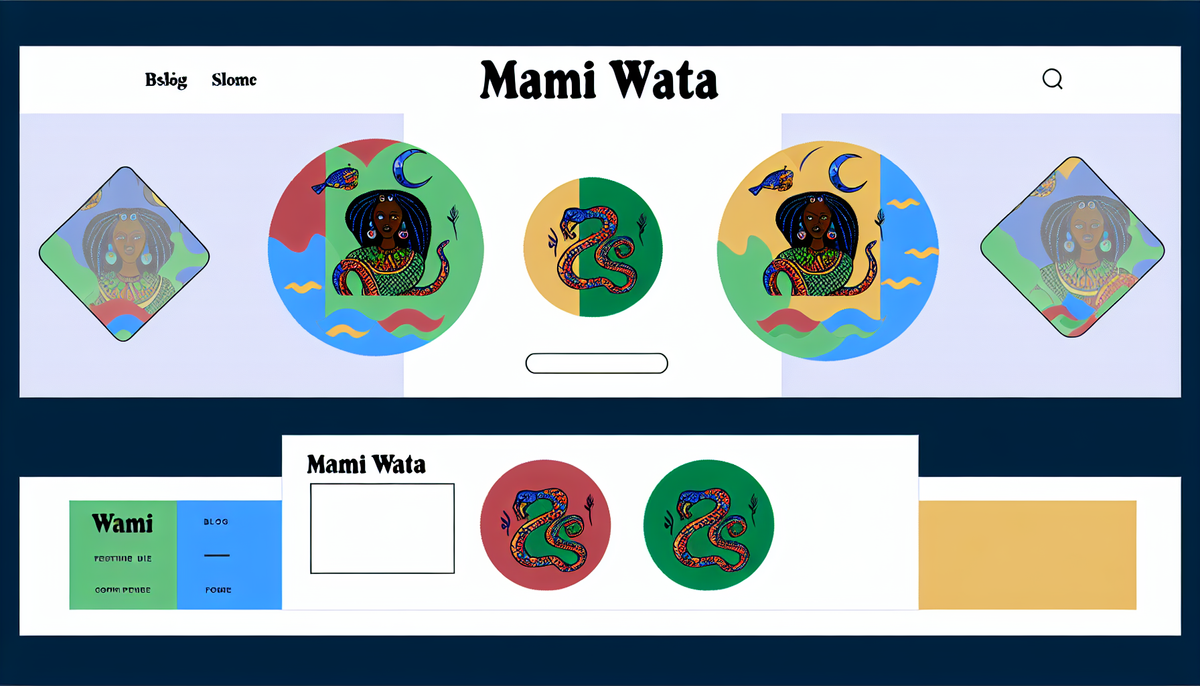
Exploring the Origins of Mami Wata Legends
Mami Wata, a prominent figure in African mythology, represents the complex interplay of spiritual beliefs and cultural practices surrounding water. Her origins can be traced back to West African societies, where she is often depicted as a beautiful mermaid or a water spirit associated with rivers, lakes, and the sea. This figure has roots in various cultural traditions, influenced by African spirituality as well as colonial encounters.
The name "Mami Wata" translates to "Mother Water," indicative of her nurturing yet powerful nature. Historical accounts suggest that the Mami Wata legend emerged during the transatlantic slave trade, blending indigenous animism with European and African influences. As African cultures interacted with those of colonizers, Mami Wata evolved to embody themes of femininity, beauty, and allure, often regarded as a protector and provider.
Her significance transcends geographical boundaries, appearing in numerous African countries and evolving into a syncretic symbol reflecting the resilience and adaptability of African traditions. The legends surrounding Mami Wata serve not only as a connection to the spiritual realm but also as a means of expressing the complexities of identity and heritage in a post-colonial world.
Symbolism and Representations in Various Cultures
Mami Wata embodies a rich tapestry of symbolism that varies across cultures. In many West African communities, she represents the duality of femininity—both nurturing and fierce. Her aquatic nature signifies fluidity, adaptability, and the mysteries of the unknown, often connected to the human subconscious and emotional depth.
In Nigeria, Mami Wata is frequently portrayed as an enchanting mermaid, adorned with elaborate jewelry and vibrant clothing. This imagery encapsulates beauty, allure, and the power of seduction, serving as a reminder of the complex relationship people have with water—essential for life, yet capable of destruction. Her representations often emphasize the idea of abundance, as she is seen as a source of wealth and prosperity.
In contrast, cultures in the Caribbean have interpreted Mami Wata through the lens of Afro-Caribbean religions, integrating her into spiritual practices. Here, she assumes a role akin to a goddess, guiding devotees in rituals that emphasize healing and protection. Across these diverse representations, Mami Wata symbolizes the enduring connection between humanity and nature, illustrating how cultural interpretations can shape the understanding of identity, femininity, and the divine.
Impact on Contemporary Arts and Media
Mami Wata has left a significant imprint on contemporary arts and media, becoming a powerful symbol that resonates with themes of empowerment, identity, and cultural heritage. Artists, filmmakers, and writers have increasingly drawn inspiration from her multifaceted character, using her as a lens to explore complexities associated with femininity and the intersections of culture.
Visual artists, for example, often reinterpret Mami Wata's iconic imagery through various mediums such as painting, sculpture, and installation art. This contemporary representation reflects both traditional motifs and modern aesthetics, highlighting the enduring relevance of her narrative. Many artworks depict her in a way that challenges stereotypical portrayals of women, instead celebrating strength, independence, and the connection to nature.
In the realm of film and literature, Mami Wata has been featured as a central figure in narratives that address issues such as colonialism, migration, and the diaspora. Documentaries and fictional works alike explore the spiritual and cultural significance she embodies, emphasizing her role in contemporary African identities.
Additionally, social media platforms have amplified Mami Wata's influence, where users share art and stories that resonate with her symbolism. Through these diverse channels, Mami Wata continues to inspire a new generation, fostering dialogues around heritage, artistry, and the representation of women in culture.
Rituals and Practices Associated with Worship
Worship of Mami Wata encompasses a rich array of rituals and practices, deeply embedded in the spiritual lives of various African communities. These rituals often serve not only as acts of devotion but also as communal celebrations that reinforce cultural identity and continuity. The ceremonies typically occur near bodies of water, such as rivers, lakes, or coastal areas, which are considered sacred spaces embodying her essence.
One common practice involves offerings to Mami Wata, which may include items such as flowers, food, and personal belongings. These offerings are meant to implore her favor, seek her blessings, and show reverence. Devotees often engage in pouring libations—liquid offerings poured onto the ground—while invoking her name, expressing gratitude or requests for healing, wealth, and protection.
Divination also plays a key role in Mami Wata worship, with spiritual leaders or priests interpreting visions and messages believed to be communicated by her. These divinations guide individuals in making important life decisions, further solidifying her role as a spiritual guide.
Dance and music are integral to worship ceremonies, with rhythmic drumming and traditional songs celebrating her power and presence. This vibrant expression of ritual not only connects the community to Mami Wata but also reinforces cultural traditions across generations.
Influence on Gender Roles and Femininity
Mami Wata’s presence in African mythology significantly influences perceptions of gender roles and femininity, challenging traditional narratives and promoting empowerment. As a powerful water spirit, she embodies a complex representation of women—both nurturing and assertive. This duality allows for a broader interpretation of femininity, fostering the idea that women can possess strength and independence alongside compassion and care.
In many cultures, Mami Wata’s allure and charisma offer a counter-narrative to patriarchal norms, celebrating women's autonomy and sexuality. Her story encourages women to embrace their identities, asserting that femininity is not confined to subservient roles. Instead, Mami Wata stands as a symbol of liberation, prompting discussions on women's rights and societal roles, particularly in communities where traditional gender expectations may be restrictive.
Moreover, the rituals surrounding her worship often encourage female agency, as women frequently assume leadership roles in ceremonies and spiritual practices. This allows for a reclaiming of power and an assertion of influence within their communities.
As contemporary interpretations of Mami Wata continue to evolve, they resonate with ongoing movements for gender equality and feminism. By reflecting on her character, societies can cultivate a more nuanced view of femininity, recognizing women's multifaceted contributions and the strength found in their identities.
Comparative Analysis with Other Water Deities
Mami Wata occupies a unique space within the pantheon of water deities across various cultures, displaying both similarities and differences when compared to figures such as Yemaya in Yoruba religion and Poseidon in Greek mythology. Each of these deities embodies the critical elements of water—life, fertility, and danger—while reflecting distinct cultural values and interpretations of femininity and power.
Yemaya, often associated with motherhood and the sea, shares similarities with Mami Wata in her nurturing aspects. Both figures symbolize fertility and protection, serving as guardians of women and children. However, Yemaya’s portrayal often emphasizes her roles as a maternal figure, whereas Mami Wata embodies a more potent mix of allure and independence, emphasizing the complexities of womanhood.
In stark contrast, Poseidon represents the masculine authority of the sea, associated with storms and earthquakes, often depicting the destructive forces of nature. Unlike Mami Wata’s multifaceted character, which merges beauty with power, Poseidon’s representation leans heavily into dominance and control.
These comparative analyses reveal how cultural context shapes the depiction of water deities. While Mami Wata, Yemaya, and Poseidon all serve to illustrate humanity's relationship with water, each embodies unique perspectives on gender roles, spirituality, and the natural world, reflecting the rich diversity of belief systems globally.
Preservation and Evolution of Mami Wata Beliefs
The beliefs surrounding Mami Wata have demonstrated a remarkable ability to evolve while remaining rooted in traditional practices, illustrating the dynamic nature of cultural identity. Historically, Mami Wata's worship was deeply intertwined with African spirituality, serving as an essential part of community rituals and social life. However, as societies faced colonization and globalization, her image began to adapt to new cultural landscapes.
In contemporary contexts, Mami Wata has transcended her traditional roots, finding expression in various forms such as visual arts, music, and literature. Artists and performers draw upon her symbolism to engage with pressing issues such as gender, identity, and environmental concerns, thus keeping her myths alive within modern narratives.
Additionally, the diaspora has played a crucial role in preserving Mami Wata beliefs. As African communities migrated worldwide, they carried her stories and practices with them, promoting the continuation of her worship in new environments, particularly in the Caribbean and the Americas.
The rise of social media platforms has further facilitated the spread and evolution of Mami Wata’s influence, allowing individuals to share personal stories and experiences related to her worship. This blend of tradition and modernity ensures that Mami Wata remains a relevant and powerful symbol in contemporary culture, bridging past and present.
